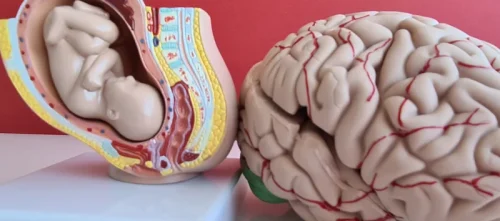
Mental health professionals use these and other signs of addiction to diagnose alcohol use disorder. If you think your drinking habits are causing your alcoholic nose flare-ups, know that the best way to stop them is to quit drinking. For more advanced forms of rhinophyma, the most effective way to manage thickened skin is almost exclusively through physically removing excess tissue.
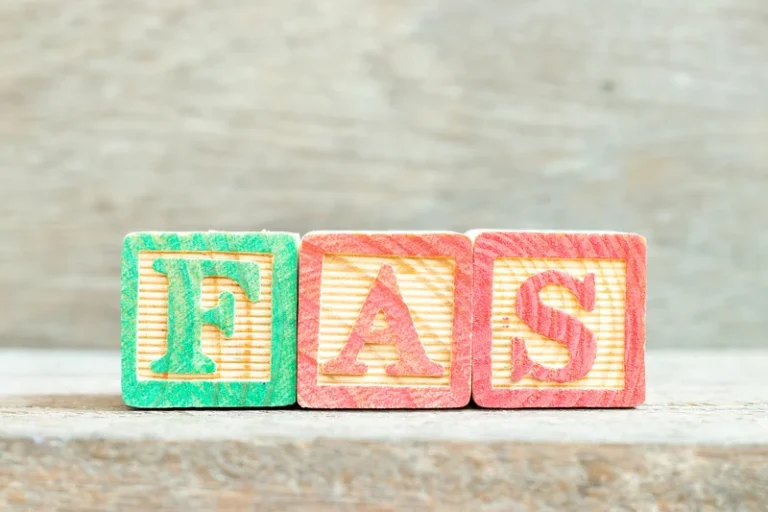
Skin Problems Like Rosacea
People can experience rhinophyma without drinking alcohol or very occasionally drinking it. This often looks like some what is alcoholism exaggerated patches of red on the face with thin spidery lines along the cheeks and other parts of the face, which are the visible blood vessels. Some people can also experience small scatterings of red bumps that can be filled with pus and the skin could feel warm or mildly irritated. Case severity will depend on the individual and certain variables that exist in one’s life that have the potential to aggravate rhinophyma. Severe cases of rhinophyma can see an individual develop an extremely bulbous nose, so much that it appears to be quite disfigured. Other physical effects of addiction are not visible but still dangerous.
Drinking on Lexapro: Hidden Dangers That Could Harm You
One of the biggest signs to look out for it being unable to moderate your drinking, and struggling to stop once you start. “However, alcohol can impact the number and variety of these bacteria, resulting in a weaker immune system. “If everyone is getting stuck into the third bottle of red, then it’s easy to justify. Later, this condition advances to vascular rosacea, which involves swollen blood vessels and redness.
Alcohol Red Nose-Related Stigma
A dry mouth reduces the natural production of saliva, and without saliva keeping your mouth clean of the bacteria that cause bad breath, the issue can worsen. Similar research is needed on the link between alcohol consumption and rosacea in men. Because alcohol dilates blood vessels and damages the vascular system, it can aggravate rhinophyma and other types of rosacea. Drinking alcohol has been debunked by research as a direct link to this condition.
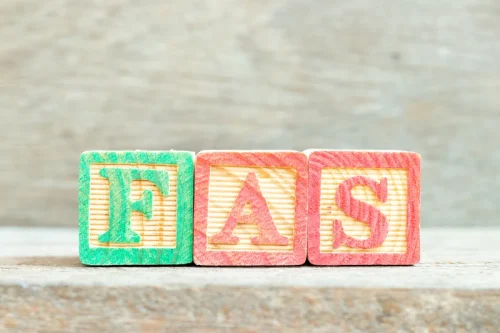
Drinking alcohol dilates blood vessels, which makes them more likely to burst. Because of this, heavy drinking can aggravate rhinophyma, causing an alcoholic nose. It’s a progressive condition that forms gradually over years and is thought to be the result of an untreated, less severe form of rosacea. Surgery, including laser treatment why do alcoholics have weird noses or dermabrasion, may be necessary to remove large bumps on the nose from rhinophyma if they interfere with breathing.
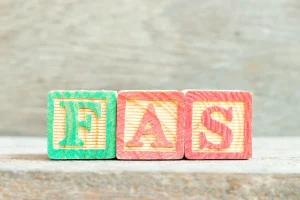
Of course, there are many snap judgments that people make when they see the physical effects of rhinophyma in person, especially in extreme cases. You might be familiar with a pervasive stereotype of alcoholics having a red face or a plump, bulbous kind of nose. The rosacea may begin first anywhere in the central face however in this form the nose is always the worst affected area. In rhinophymatous rosacea the inflammation is usually more aggressive, with tender red lumps on the nose and pimple-like pustules occurring frequently. Alcohol might contribute to rosacea and rhinophyma, but the substance doesn’t seem to cause the conditions in the first place.
- Sunshine Behavioral Health strives to help people who are facing substance abuse, addiction, mental health disorders, or a combination of these conditions.
- Keep reading to learn more about the causes, symptoms, diagnosis, and treatment of rhinophyma.
Identifying Physical Signs of Alcoholism:
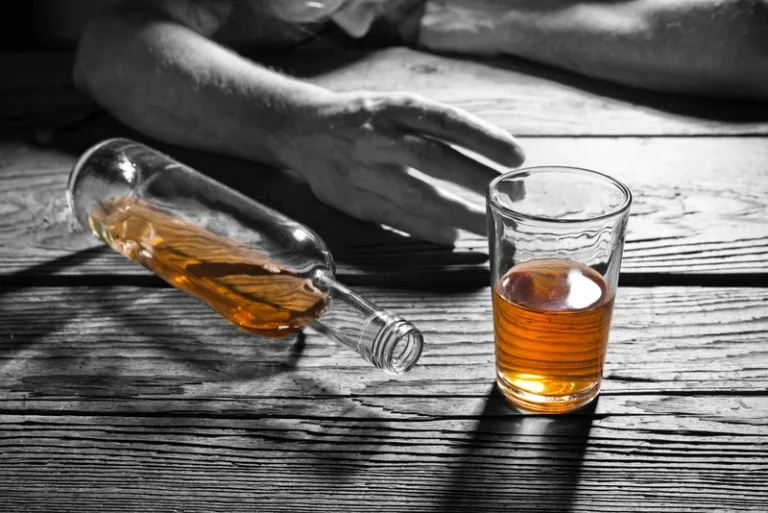
When blood vessels burst, it makes the blood visible under the surface of the skin, leading to skin redness. In more severe cases, the nose and cheeks can take on a purple hue and start to become severely disfigured as they become more bulbous. As with water retention in the face and body due to the dehydrating effects of alcohol, the feet can also become swollen and discolored due to excessive alcohol abuse. Alcohol is a known vasodilator, causing blood vessels to expand and increasing blood flow to the face, resulting in a flushed appearance. Moreover, alcohol consumption can exacerbate various skin conditions, such as rosacea, characterized by persistent facial redness and visible blood vessels. In those predisposed to such conditions, alcohol can significantly worsen symptoms, leading to chronic redness.
